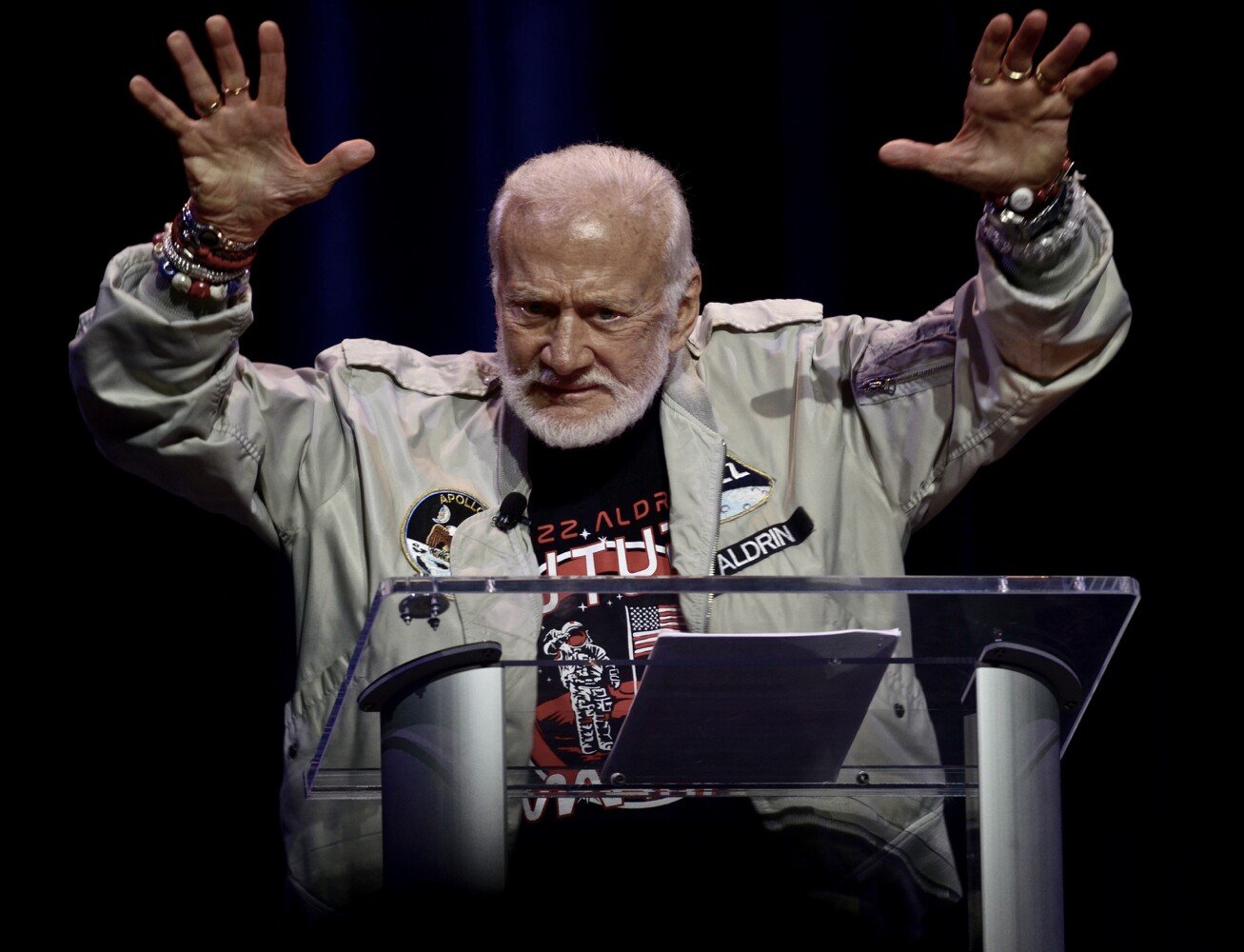Geeking out edition!
In this edition, I've included a selection of books that personally captivate me, covering a broad spectrum of interests ranging from technology, television, and movies to pop culture, video games, artificial intelligence, and music.
Short list:
The Cult of LEGO by John Baichtal and Joe Meno
Ghostbusters: The Ultimate Visual History by Daniel Wallace
Back to the Future: The Ultimate Visual History by Michael Klastorin and Randal Atamaniuk
Pac-Man: Birth of an Icon by Arjan Terpstra and Tim Lapetino
Atari Inc.: Business is Fun by Martin Goldberg and Curt Vendel
Star Trek Vault: 40 Years from the Archives by Scott Tipton
HAL's Legacy: 2001's Computer as Dream and Reality by David G. Stork
How Music Works by David Byrne
Nerds 2.0.1 by Stephen Segaller
Apollo 11: The Inside Story by David Whitehouse
The Cult of LEGO
by John Baichtal and Joe Meno is an engaging exploration of the passionate and creative world of LEGO enthusiasts. The book delves into the diverse ways in which adult fans of LEGO (AFOLs) and other enthusiasts engage with these iconic bricks, from building intricate models and sculptures to creating complex robots and filming stop-motion videos. Through vivid illustrations and interviews, Baichtal and Meno showcase the global community and culture that has formed around LEGO, highlighting its impact on art, engineering, and education.
Ghostbusters: The Ultimate Visual History
by Daniel Wallace offers a comprehensive and richly illustrated look at the iconic Ghostbusters franchise, from its inception in 1984 through its various adaptations and expansions. The book includes behind-the-scenes insights, rare production art, and unique anecdotes from the creators, cast, and crew who brought the films and television series to life. Wallace provides detailed explorations of the making of both the original films and the later reboots, accompanied by interviews and commentary that highlight the technical challenges, cultural impact, and enduring legacy of the Ghostbusters phenomenon.
Back to the Future: The Ultimate Visual History
by Michael Klastorin and Randal Atamaniuk provides a comprehensive and engaging exploration of the beloved "Back to the Future" film trilogy. The book is packed with behind-the-scenes insights, rare production photos, and detailed information about the making of the movies, including concept art, storyboards, and interviews with key figures like Robert Zemeckis, Michael J. Fox, and Christopher Lloyd. The authors delve into the creative process, technological innovations, and cultural impact of the films, offering fans an in-depth look at the legacy and continuing influence of this iconic cinematic series.
Pac-Man: Birth of an Icon
by Arjan Terpstra and Tim Lapetino is an in-depth exploration of the creation and global impact of Pac-Man, one of the most iconic video games in history. This book chronicles the game’s development by its creator Toru Iwatani and its explosive rise to fame in the 1980s. Through extensive interviews, illustrations, and archival material, the authors detail how Pac-Man transcended the boundaries of gaming to become a cultural phenomenon, influencing not just video games but also pop culture, fashion, and media around the world.
The inner sleve of the Pac-Man Fever vinyl have some great game insights.
At 株式会社バンダイナムコエンターテインメント Bandai Namco Entertainment(Japan) HQ in Tokyo (Photo: Teodor Bjerrang)
Atari Inc.: Business is Fun
by Marty Goldberg and Curt Vendel offers an extensive look at the early days and evolution of Atari, one of the most influential companies in the video game industry. This detailed account traces Atari's journey from its humble beginnings in a small workshop to its status as a powerhouse that shaped the gaming landscape. The book is filled with firsthand accounts from former employees and executives, revealing the innovation, struggles, and corporate battles that defined Atari's culture and its contributions to entertainment technology.
Star Trek Vault: 40 Years from the Archives
by Scott Tipton is a treasure trove of Star Trek memorabilia and history, celebrating four decades of the beloved sci-fi franchise. This comprehensive guide takes readers on a journey through the evolution of Star Trek, featuring rare and never-before-seen photographs, storyboards, blueprints, and memorabilia. Each page is filled with detailed commentary and insights into the creative processes behind the television shows and films, providing an in-depth look at the development of characters, plots, and settings.
Photo by Teodor Bjerrang
HAL's Legacy: 2001's Computer as Dream and Reality
edited by David G. Stork is a fascinating exploration into the intersection of science fiction and technological reality, centered around HAL 9000, the iconic artificial intelligence from the film "2001: A Space Odyssey." The book brings together essays from leading computer scientists and engineers who discuss the feasibility and implications of creating a machine like HAL. They explore topics such as artificial intelligence, speech recognition, ethical decision-making in machines, and human-computer interaction, drawing parallels between HAL’s capabilities and the state of technology during the book's publication.
How Music Works
by David Byrne is a thoughtful and expansive exploration of the complexities of music—its creation, its consumption, and its context. Byrne, a celebrated musician and cofounder of the Talking Heads, combines personal stories, historical research, and cultural analysis to delve into the elements that make music so universally powerful. Covering everything from the physics of sound to the dynamics of the music industry, he discusses how music is shaped by its cultural and technological environment. Byrne's insights extend to the ways music is made, performed, recorded, distributed, and received, offering readers a unique perspective on how music operates as an art form and social force.
“As music becomes less of a thing--a cylinder, a cassette, a disc--and more ephemeral, perhaps we will begin to assign an increasing value to live performances again.” ― David Byrne, How Music Works
Nerds 2.0.1: A Brief History of the Internet
by Stephen Segaller is a comprehensive exploration of the evolution of the Internet, from its inception as a government project to its monumental growth into a global network. The book offers an in-depth look at the key players and technologies that shaped the Internet, highlighting stories of innovation, rivalry, and collaboration. Through interviews and anecdotes, Segaller presents a detailed narrative that captures the spirit and dynamics of the digital revolution, making complex technical details accessible and engaging.
Apollo 11: The Inside Story
by David Whitehouse provides an intimate and detailed account of the first moon landing in 1969, led by NASA's Apollo 11 mission. The book delves into the backgrounds and personalities of astronauts Neil Armstrong, Buzz Aldrin, and Michael Collins, and provides rich details about the political, technological, and human challenges they faced. Whitehouse, using firsthand accounts and thorough research, captures the suspense and excitement of the space race and the moon landing, emphasizing the monumental achievement it represented during the Cold War era.
Buzz Aldrin at SVCC 2017 in San Jose (Photo: Teodor Bjerrang)














